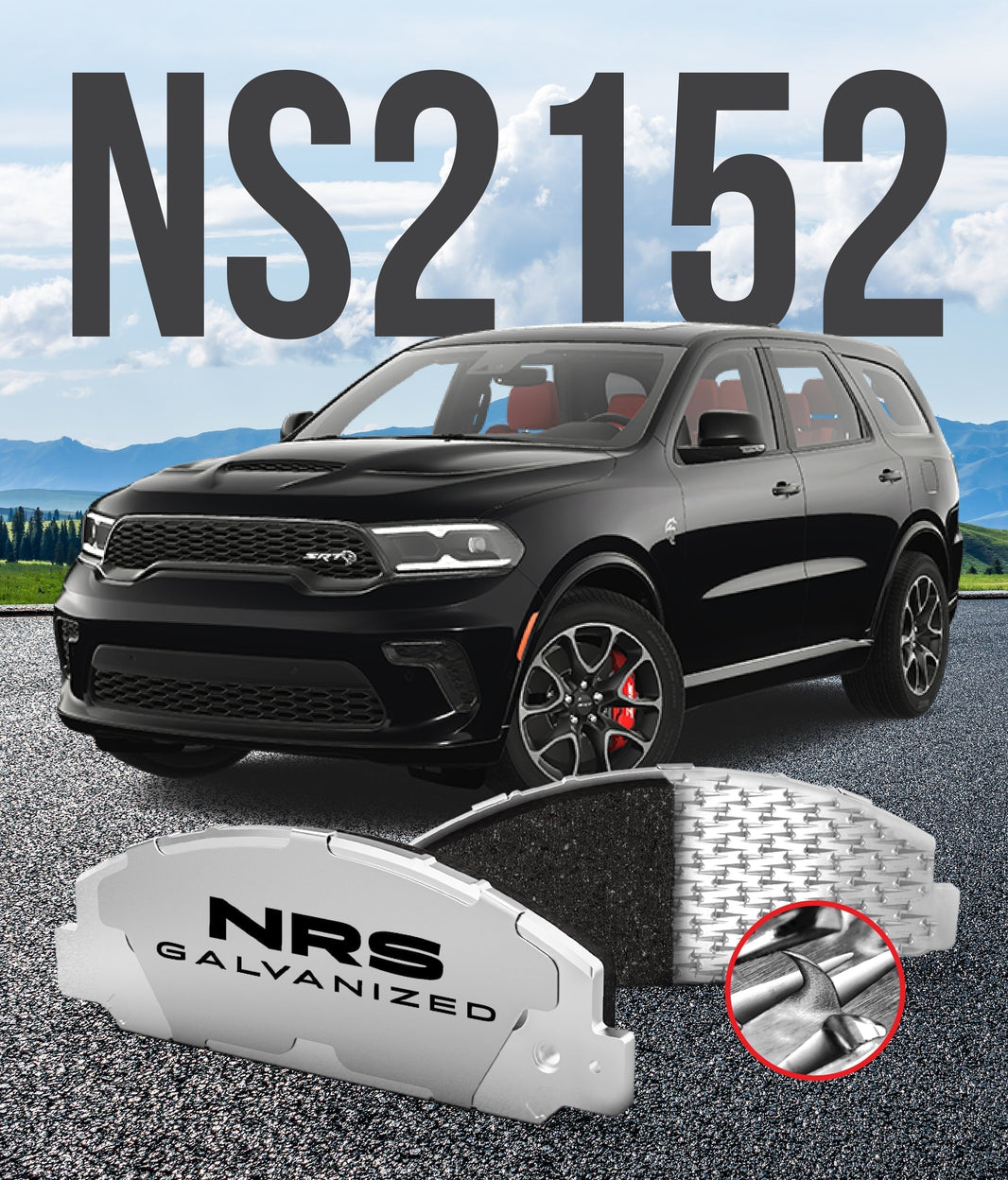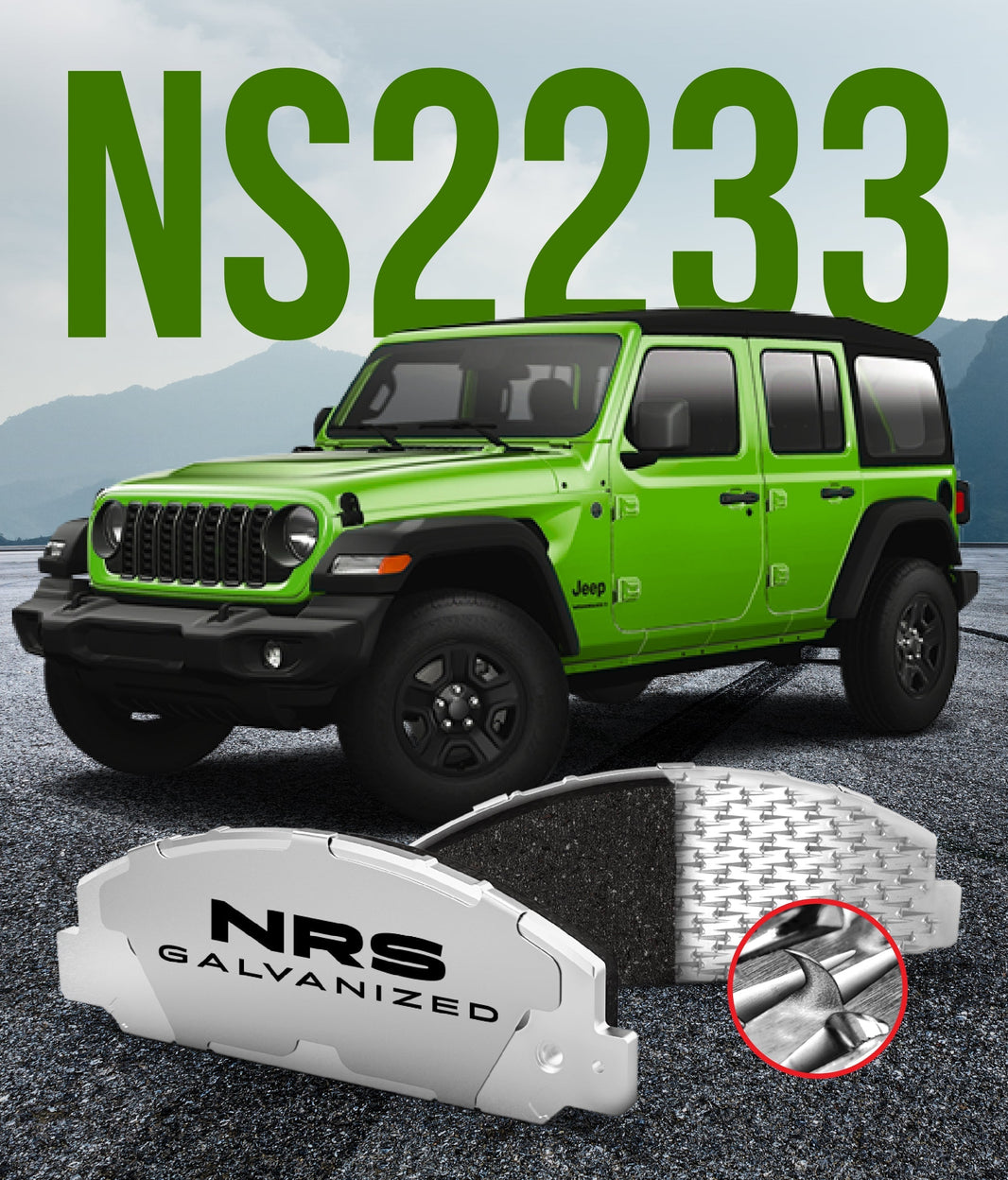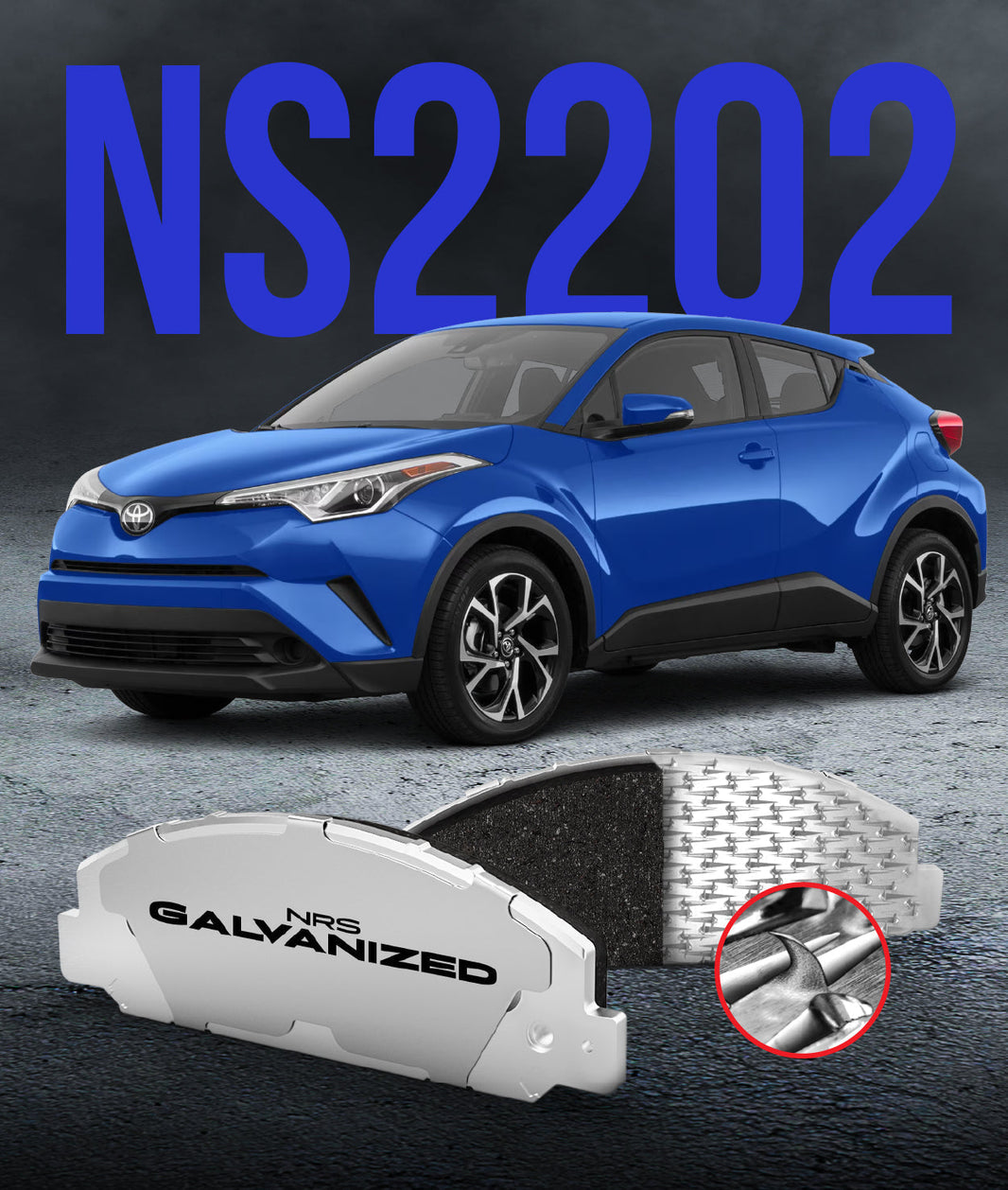Is there any part of your car more important than the braking system? Other parts are important too, but when it comes to the fundamental safety and roadworthiness of a vehicle, it’s the brakes that most people think of first. Given the importance of our car’s braking system, it’s a good idea for us all to be familiar with the different parts of a car’s braking system.
The majority of modern cars use a disc brake system, which includes 4 main component areas: brake pads, rotors, calipers, and other hardware. Let’s take a closer look at each of these.
Brake Pads
The brake pads are perhaps the most familiar component for many car owners because they are the most visible, situated on the outside of the brake structure. The brake pads provide the essential element of friction by applying pressure to the brake rotors to slow them and eventually stop them. The friction and heat created is quite extreme, which is why brake pads require replacing every 10,000 to 20,000 miles, depending on which kind you use and how you drive.
More aggressive driving will result in brake pads wearing faster. The type of pad also has an impact on lifespan. One common type is known as “semi-metallic” pads, or “semi-mets.” These are commonly used in heavy-duty vehicles that tow trailers. They’re big, noisy and dust-generating pads.
The other common type is ceramic brake pads, which are durable and provide excellent stopping power. These are the most commonly used by OEMs. Within the ceramic brake pad range are many brands, price and quality levels.
Check our article about The Importance of Car Brake Inspections to Avoid Collisions to learn more about car brakes and brake pads.
Rotors
The brake rotor is the foundation of the entire braking system, and is thus typically made from the highest-quality and most durable materials. When one applies the brake, the brake pads are pressed against the spinning rotors, which then absorb the friction, slowing the movement, eventually bringing the vehicle to a stop.
Over time, brake rotors become worn and warped. The efficacy of rotors depends on them being a precision-crafted surface of exact proportion. When car owners don’t replace their brake pads on time, the additional wear can warp and otherwise damage rotors, reducing their efficacy. Most rotors are replaced alongside brake pads, but not always.
Calipers
Although the rotor is made of the most durable materials, the caliper is arguably the component with the longest lifespan. The caliper is essentially the housing for your brake pads, as well as the pistons that move the key components into place when the brake pedal is applied. Together, the caliper and brake pad close like a clamp over the brake rotor to apply friction and bring the vehicle to a halt.
Other Hardware
The first additional bit of hardware is the brake pedal. When you press on the brake pedal, it acts as a hydraulic lever, pushing brake fluid through pistons --- power and strength being amplified along the way --- which then move the brake calipers and pads to close around the brake rotors.
Keeping the brake unit together you also have various pins and clips, including caliper pins that help to move the caliper when pressure is applied. There are also abutment clips made from stainless steel, which are there for the brake pad to slide on the inside of the caliper housing. Finally, there are caliper pin boots, which protect the caliper pins from road debris.
NRS provides the right Galvanized Brake Pads for your car, with a variety to choose from. Make the finest selection possible for your car. Visit our store and learn more about galvanized brake pads.




